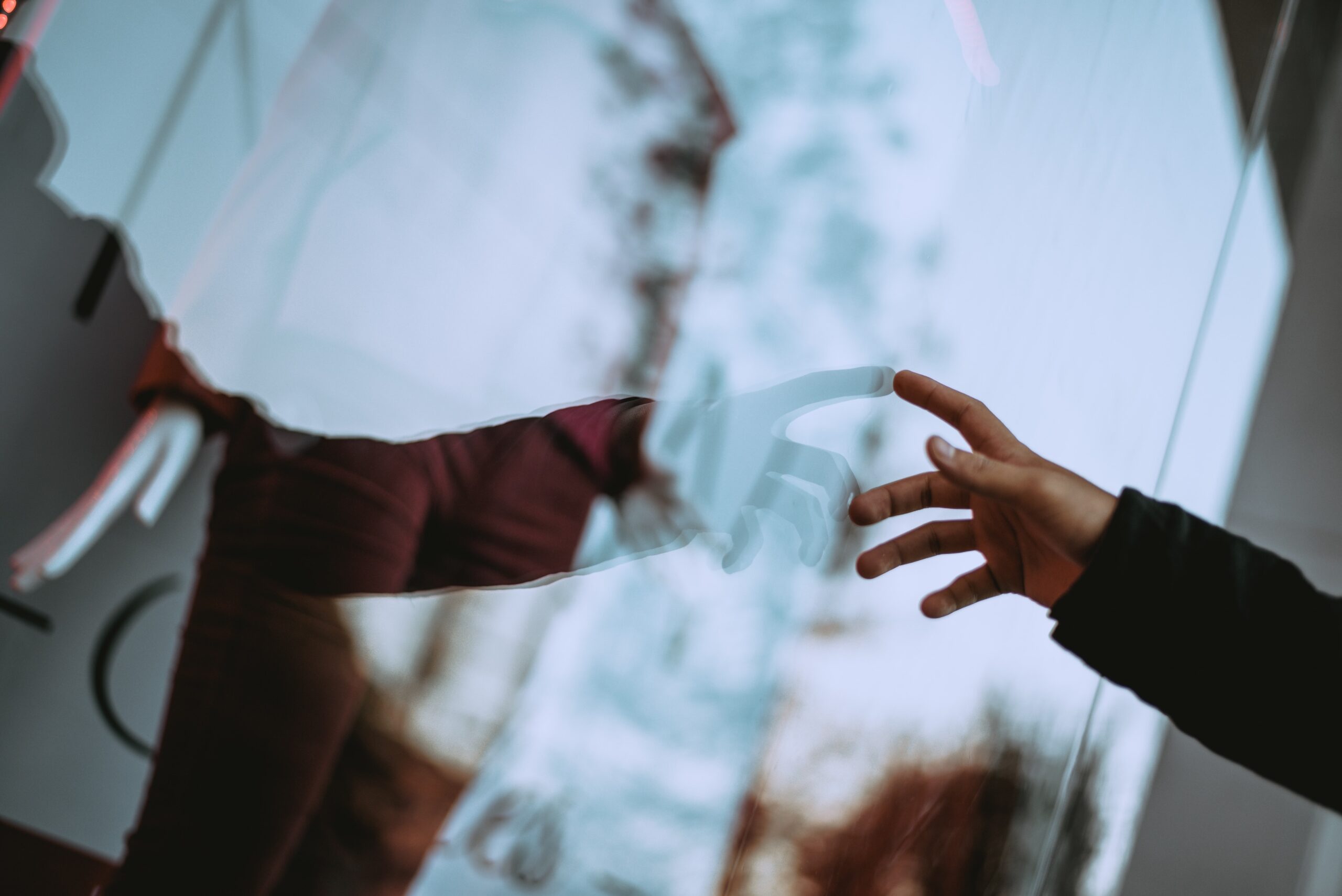Soon I’ll share my list of Best Things to Buy to Stay Centered through Shelter at Home (and Beyond!).
This is a lie. But actually, here’s a snapshot. It’s 7am. Contacts in. Brew coffee. Meditate, journal, and walk if time allows. Kids fed, check email from teachers, check mine, begin….
But the universe laughs, time does not allow and I don’t care enough to “create the time” myself, so I find myself bang in the start of the work/school day.
Then the phone rings.
“All I know is that they just announced,” my client said. “I’m trying to figure out who’s still here, who is gone. I don’t even know who on my own team is laid off. I am heart-broken – I mentored some of them for years. What can I do to thank them, to celebrate with them, to help them? This time, nothing seems to be appropriate, but I’ll keep trying.”
==== Flashback to a very different era:
Bubbly bled over champagne glass rims. Send-off drinks have been a part of San Francisco’s tech culture since I “grew up” there through my 20’s and 30’s. I had one roommate (incredibly successful) who was laid off and re-hired at such a fast pace through the dot-com bust that she was on severance from THREE COMPANIES simultaneously. (This was long before hashtag #winning, or even hashtags.)
Then, “lay-off parties” were a real thing – and attended in glitter and Camper boots, accompanied by oysters and hogwash. Then company foldings became our only social life. And then, bars were mostly empty, save few early-arrival hipster trust-afarians. Then, most of the bars filed for bankruptcy and closed.
In contrast, today in 2020 the closure is far-reaching, absolute, and instant. No goodbye toast to celebrate a layoff, no more 3pm happy hours followed by a night-into-morning of clubbing, ending up at the End Up (a club that served breakfast and whose management most certainly knew how to sanitize hard surfaces with bleach).
Today, we say goodbye to laid-off employees at best with a Zoom call, a camera-facing toast peppered with “this is crazy” or “the kids are falling apart and need to go to bed” or “will you move back in with your parents now or live in isolation for the next couple months… or longer?” Our work-mode device – laptop and video-con – is our new human-mode.
Floors vibrating with music, bar-smell, big hugs, and a multitude of accidental bumps against our usually-distant teammates’ arms… these were delicious ornaments that intensified the feeling of connection and meaning which used to accompany our goodbyes.
They’re not options now.
In lieu of ornaments, we influence remotely. Our words are one thing. Our PRESENCE is another. One leadership principle remains, regardless of how “well” your company is doing:
In leadership, your instrument is your SELF.
Now – more than ever – it is essential for us to be conscious and integrated. We can choose how we show up, how we engage, how we connect with others, and how and where we provide support.
Ultimately, it all starts with you. So how do you do this?
Self as an Instrument
The simplest definition of self as an instrument is the conscious use of one’s whole self in a helping relationship in an effective way.
People who are in helping relationships have a duty to make sure that the help they are offering is ultimately helpful.
A lot of help that is offered is often not very helpful. You’ve probably had the experience of meeting with a doctor, manager, therapist, or someone else and walking away feeling like they were giving you instructions and asking a thousand questions, but it felt like they were totally disconnected from you and what you really need or were asking for.
And if you’re a manager or leader in a helping role, it’s important to be conscious about the help you give and use yourself as an instrument in supporting your relationships.
There are lots of industries of people who are directly in helping relationships- like healthcare, psychology, social services, coaches, etc. But leaders in organizations, whether it’s direct help or sometimes just indirect help and service for people, play a crucial role in supporting other people in achieving large, big-picture corporate objectives or business objectives, and then also helping to support people in developing themselves and advancing in their careers.
But there’s a kind of leadership and management that is the long-term development of an individual that is the one that pays off the most by far. This type of leadership is different from a typical form of help because it’s not trying to help someone get it done or do it for them or show them how. This help aims at guiding them to uncover their own inner resources, external resourcefulness, their own creativity, and help them to learn to navigate themselves.
If you’re going to be in a relationship of helping someone who’s important to you, on a personal or professional level, you have to be a clean instrument in order to do that work, in order to actually be helpful and deliver on that intention.
The reality is that a lot of people in helping roles are not clear and clean in terms of how they show up.
A clean instrument = conscious use of self.
A dirty instrument = non-conscious use of self.
Self as an instrument is the conscious use of one’s whole being. How consciously are you using your beingness, not just doing your role but using your whole being, when you execute your role? Whether that’s at work or at home or out in the world or in your creative life.
We can throw ourselves around and throw ourselves into stuff without consciously using our whole being or not using the whole being and leaving some parts out.
You don’t have to leave anything out. You are Allowed to be your whole, unique self.
The challenge of this is it can be hard for you to see how you’re showing up. (Might be time to consider a 360-degree review or coach?) This exploration is about taking the time to see how you’re showing up, acknowledging your choices, your willingness to change, and your commitment to be wholly present and authentically you.
Conscious leadership is asking yourself what you’re bringing into each experience.
Are you bringing yourself in a way that is helpful and additive to the experience, or are you doing it in a way that’s modeled, confusing and disorganized?
The choice is yours.
Hero-Mode: Non-Conscious Use of Self as an Instrument
We get attached to this idea we can be helpful. And that’s a very intoxicating idea for many of us.
That’s when we’re going into hero mode and we’re trying to avoid our own feelings by fixing, saving, solving, and helping others. And this is actually a way that we get temporary relief from our own being, and we call this the Drama Triangle.
When you are in Hero mode you are approaching the problem from Below the Line. Yes, you are a problem solver, but you are only seeking temporary relief from the problem – not a permanent creative solution.
You step into a Hero role for your reasons and not for the other person- your client, partner, team, kids.
It’s not done out of maliciousness or ill will or desire to confuse anybody, but at the same time it ends up not being truly helpful because you’re projecting your own desires onto their needs.
It’s critical now to prioritize inquiry over advocacy. Spend more time asking people what it’s like to be them right now, and what they truly need to be supported rather than assuming it’s one thing or another or projecting your own needs and desires onto theirs.
It starts with you. You get to choose how you use yourself as an instrument and maximize the impact of your leadership and coaching.

